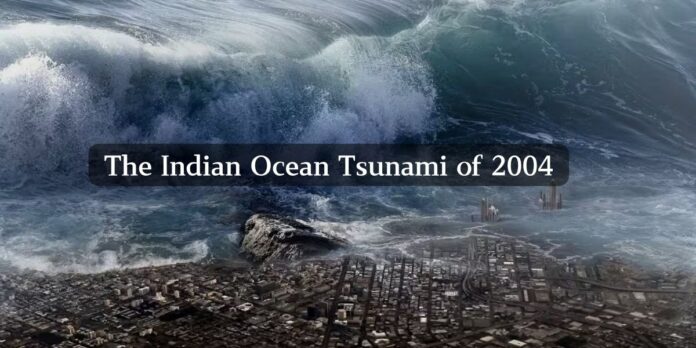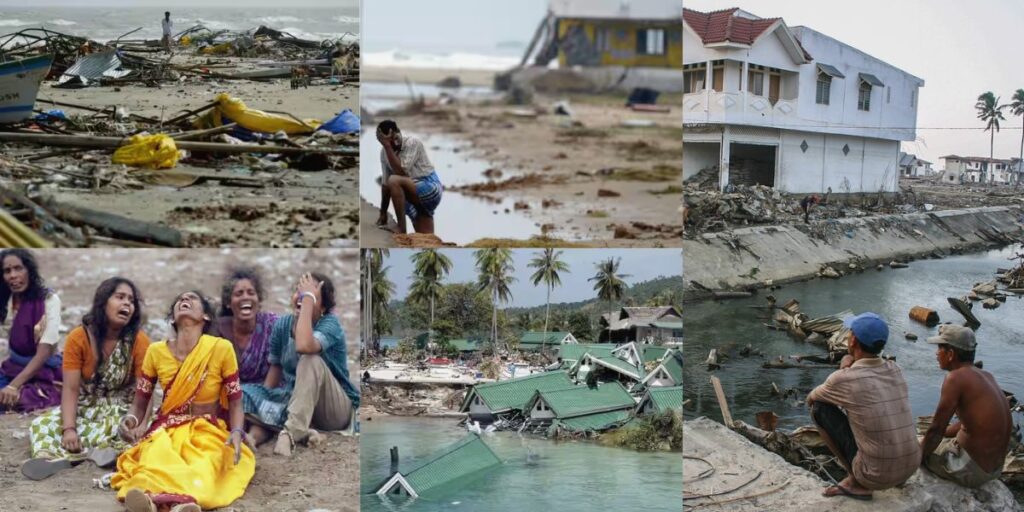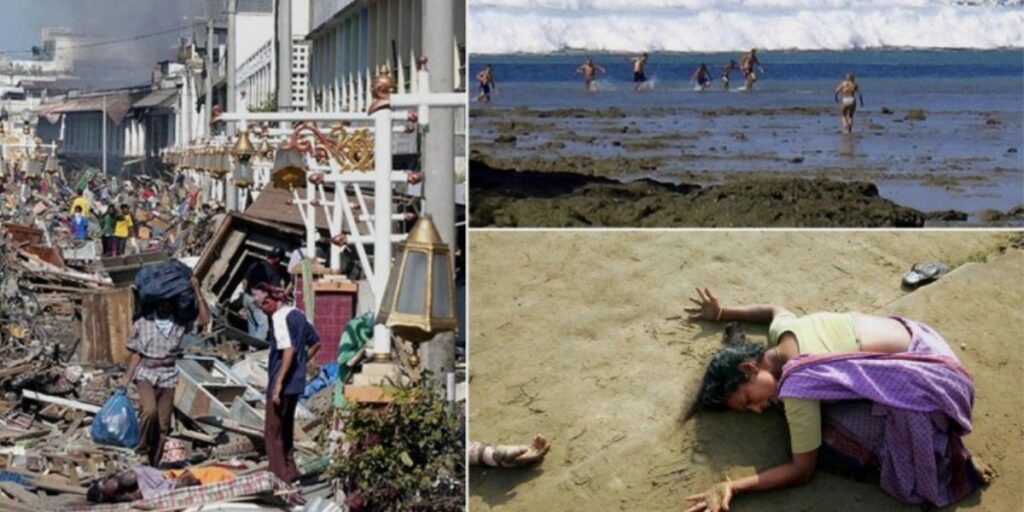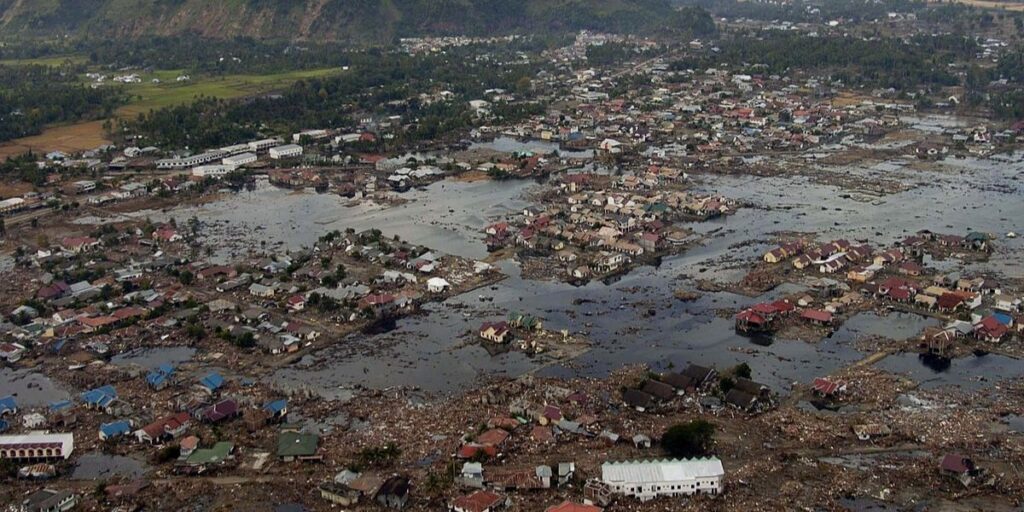On the morning of December 26, 2004, one of the deadliest natural disasters in recorded history struck the shores of countries bordering the Indian Ocean. Triggered by a massive undersea earthquake off the west coast of Sumatra, Indonesia. A series of powerful tsunamis radiated across the ocean, devastating coastal communities and leaving a trail of unprecedented destruction in their wake. This event, commonly known as the Indian Ocean tsunami of 2004. Profoundly altered the lives of millions and prompted global humanitarian efforts.
The Catastrophic Impact
The earthquake that initiated the disaster was a momentous event. Registering a magnitude of 9.1-9.3, making it one of the strongest ever recorded. The seismic activity occurred along the boundary between the Indian Plate and the Burma Plate. Resulting in a sudden vertical displacement of the ocean floor. This movement displaced an enormous volume of water. Unleashing a series of immense tidal waves that traveled at high speeds across the ocean.
The initial impact was felt within minutes in Sumatra, where entire communities were engulfed by walls of water. The tsunami then swept across the Indian Ocean, striking coastal areas of countries such as Thailand, Sri Lanka, India, the Maldives, and even reaching as far as East Africa. The devastation was swift and widespread, catching many by surprise as the tsunamis reached shorelines with devastating force. Inundating towns and villages and causing massive loss of life.
Human Toll and Global Response
The human toll of the Indian Ocean tsunami was staggering. An estimated 230,000 people lost their lives across more than a dozen countries, with countless others injured or displaced. Entire communities were obliterated, leaving behind scenes of unimaginable destruction and despair. The impact was not only physical but also psychological, as survivors grappled with the trauma of losing loved ones and the upheaval of their homes and livelihoods.
In response to the catastrophe, the international community rallied together in an unprecedented display of solidarity. Governments, aid organizations, and individuals from around the world mobilized to provide emergency assistance, medical aid, and humanitarian relief. The magnitude of the disaster prompted an outpouring of support and generosity, with donations and volunteers pouring in to help affected regions rebuild and recover.
Lessons Learned and Ongoing Impact
The 2004 Indian Ocean tsunami was a wake-up call for disaster preparedness and early warning systems. In the aftermath of the tragedy, efforts were intensified to establish regional tsunami warning networks and improve coordination between countries to better respond to future threats. Early warning systems have since been implemented. Utilizing technologies such as seismographs and buoys to detect seismic activity and issue alerts in real time.
Furthermore, the disaster highlighted the interconnectedness of global communities and the importance of international cooperation in times of crisis. The Indian Ocean tsunami spurred advancements in disaster management and humanitarian aid. Shaping protocols and practices that continue to evolve today.
Remembering and Honoring
As we reflect on the Indian Ocean tsunami of 2004, it is crucial to remember the lives lost and the resilience of those who survived. The disaster serves as a poignant reminder of the fragility of coastal communities and the need for ongoing vigilance in disaster preparedness. It also underscores the power of human compassion and solidarity in the face of adversity.
Conclusion:
In commemorating this tragic event, we honor the memories of those who perished and acknowledge the enduring impact on the survivors and affected regions. The legacy of the 2004 Indian Ocean tsunami continues to resonate. Shaping our approach to disaster response and inspiring a commitment to building more resilient communities in the face of future challenges.





